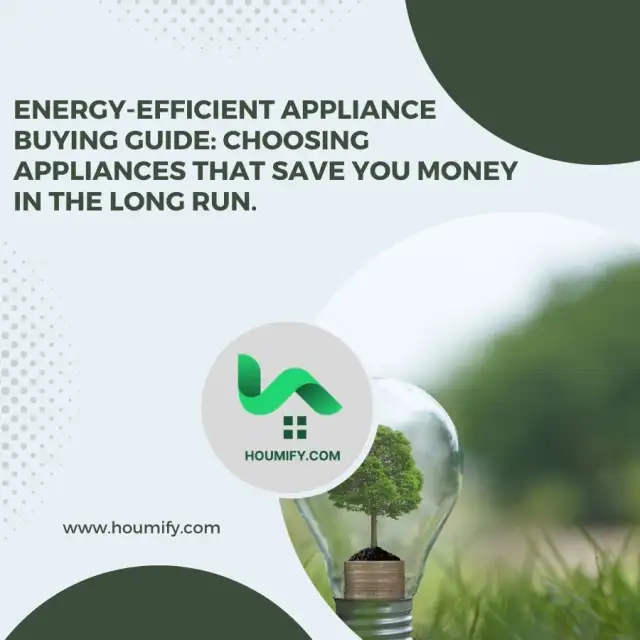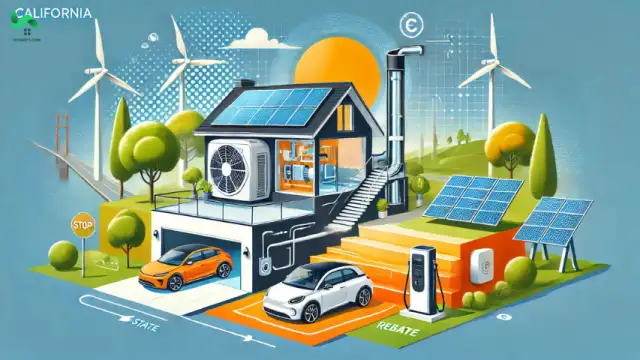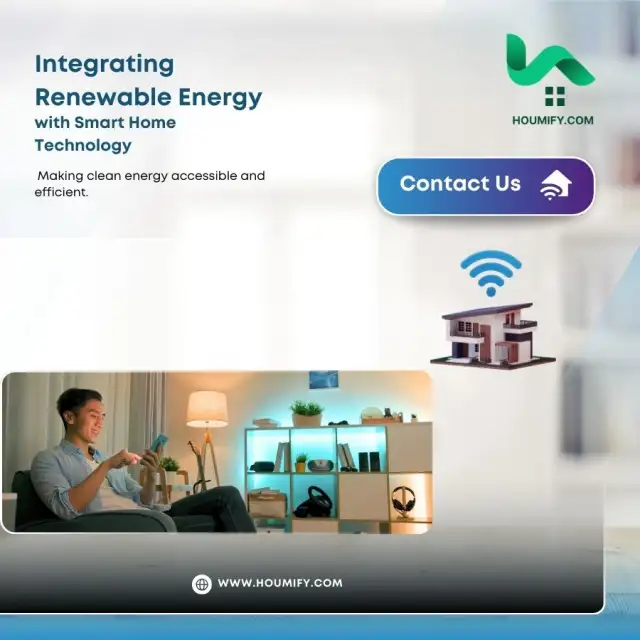Top Federal and State Rebates for Energy-Efficient Upgrades: Available incentives for reducing energy consumption.
Top Federal and State Rebates for Energy-Efficient Upgrades: Available Incentives for Reducing Energy Consumption
Transitioning to energy-efficient solutions is not only beneficial for the environment but also for your wallet. Both federal and state governments have introduced a variety of rebate programs to encourage individuals and businesses to adopt energy-efficient upgrades. These incentives make it easier to afford changes like solar panels, smart thermostats, and energy-efficient appliances.
Whether you’re a homeowner aiming to cut down utility bills or a business owner looking to align with sustainability goals, understanding these rebates is crucial. In this guide, we’ll break down federal and state-level incentives, explaining how they work and how to take full advantage of them. By the end, you'll have all the insights you need to make informed decisions and save significantly on your energy-efficient upgrades.
Why Energy-Efficient Rebates Matter
Adopting energy-efficient practices is a win-win for everyone. These rebates aim to:
- Reduce energy consumption at a national scale.
- Lessen the financial burden of upgrading to energy-efficient systems.
- Promote a sustainable future through reduced carbon emissions.
Let’s explore the types of incentives available and how they align with your needs.
Federal Energy-Efficiency Rebates and Programs
The federal government offers several programs aimed at encouraging energy efficiency. Here are some popular ones:
Residential Clean Energy Credit
This program provides up to 30% in tax creditsfor installing renewable energy systems such as solar panels, wind turbines, and geothermal heat pumps. The credit applies to systems installed on residential properties.
- Eligibility: Homeowners in the U.S.
- Benefit: Significant cost savings on high-ticket energy systems.
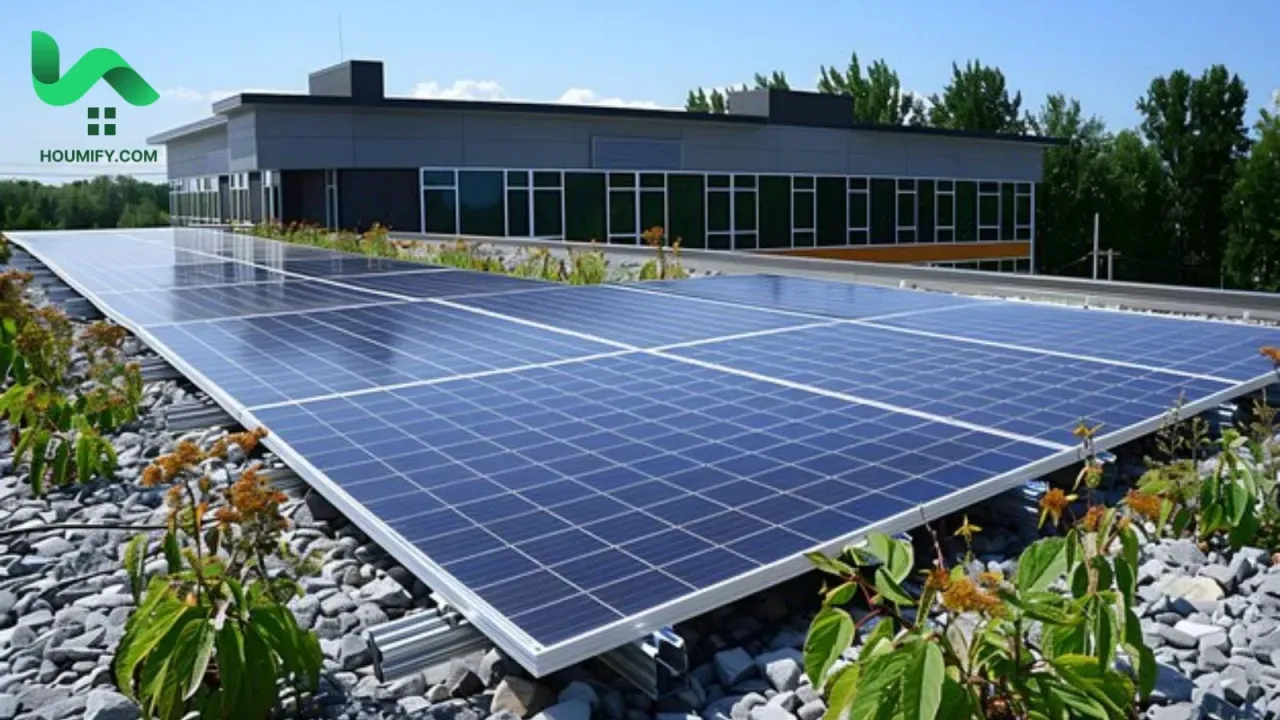
Energy-Efficient Home Improvement Tax Credit
This program offers up to $1,200 annuallyin tax credits for improvements like energy-efficient windows, doors, and HVAC systems.
- Eligibility: Individuals who own or improve primary residences.
- Limitations: Varies by type of improvement; specific equipment must meet federal standards.
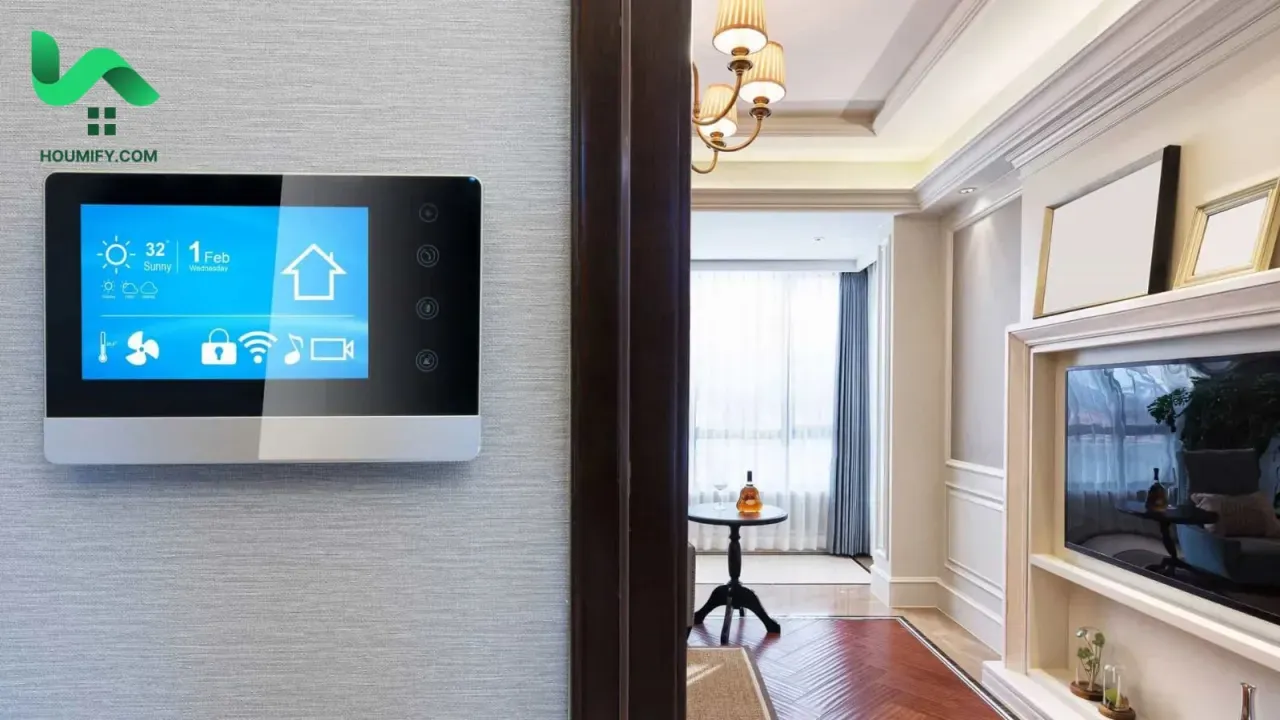
High-Efficiency Electric Home Rebate Act (HEEHRA)
Aimed at middle- and low-income households, HEEHRA provides rebates for switching to efficient electric appliances. Benefits include:
- Up to $8,000for heat pumps.
- $4,000for electrical panel upgrades.
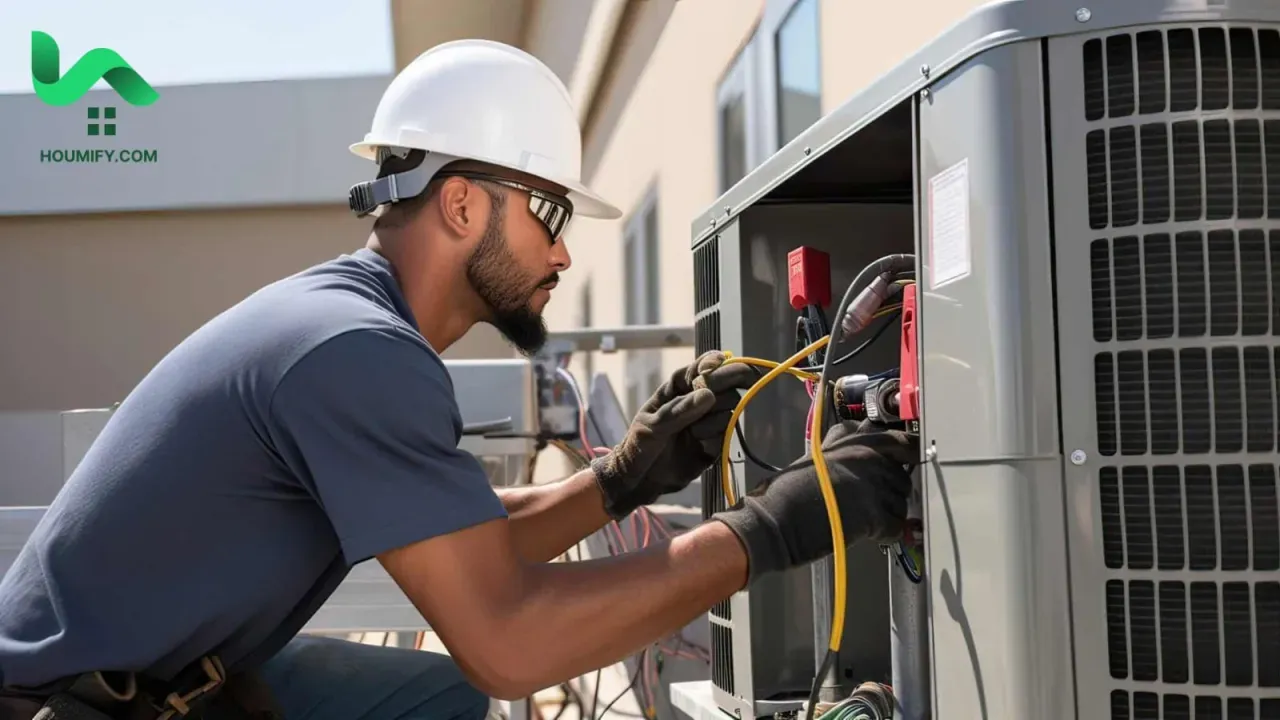
State-Level Energy-Efficiency Incentives
California's Energy Upgrade California
Residents can access generous rebates for solar installations, energy-efficient appliances, and even home energy audits.
- Highlight: Programs like TECH Clean California promote heat pump installations with rebates up to $3,000.
Texas Solar Incentive Program
Texas encourages renewable energy adoption through its rebate programs that vary by utility provider. Some offer rebates of up to $2,500 per solar system.
- Tip: Check local utility providers for additional offers.
New York State Energy Research and Development Authority (NYSERDA) Programs
NYSERDA helps New York residents and businesses access rebates and low-interest loans for energy-efficient upgrades.
- Programs: Solar incentives, energy audits, and heating system upgrades.
Steps to Claim Energy-Efficient Rebates
Research Eligibility Requirements
Visit official websites or utility providers' rebate pages to
confirm if your property qualifies.
Purchase Qualifying Products
Ensure that the systems or appliances meet the efficiency
standards outlined in the rebate program.
Submit Required Documentation
Prepare invoices, proof of installation, and necessary
application forms.
Track and Receive Your Rebate
Some rebates are deducted upfront, while others require
post-purchase applications.
Practical Tips for Maximizing Energy Rebates
- Bundle Upgrades: Combine multiple improvements, such as installing solar panels and upgrading insulation, to maximize savings.
- Leverage Local Programs: Many state or city-level initiatives complement federal programs.
- Keep Receipts: Detailed records streamline rebate claims and audits.
The Importance of Optimizing Your Upgrade Plan
Energy-efficient rebates work best when part of a well-thought-out plan. By aligning your upgrades with rebate eligibility criteria, you can significantly reduce out-of-pocket costs while improving energy efficiency. Work with contractors familiar with rebate programs to simplify the process.
Conclusion: Take Action Today for a Greener Tomorrow
By leveraging top federal and state rebates for energy-efficient upgrades, you can lower energy costs, reduce environmental impact, and increase your property's value. Whether you’re looking to install renewable energy systems or upgrade existing ones, these incentives make sustainable living more attainable.
Ready to take the next step? Research the available programs in your area, start planning your upgrades, and apply for rebates that suit your needs. Share this guide to help others discover how to save money while supporting a sustainable future!
Learn more:
